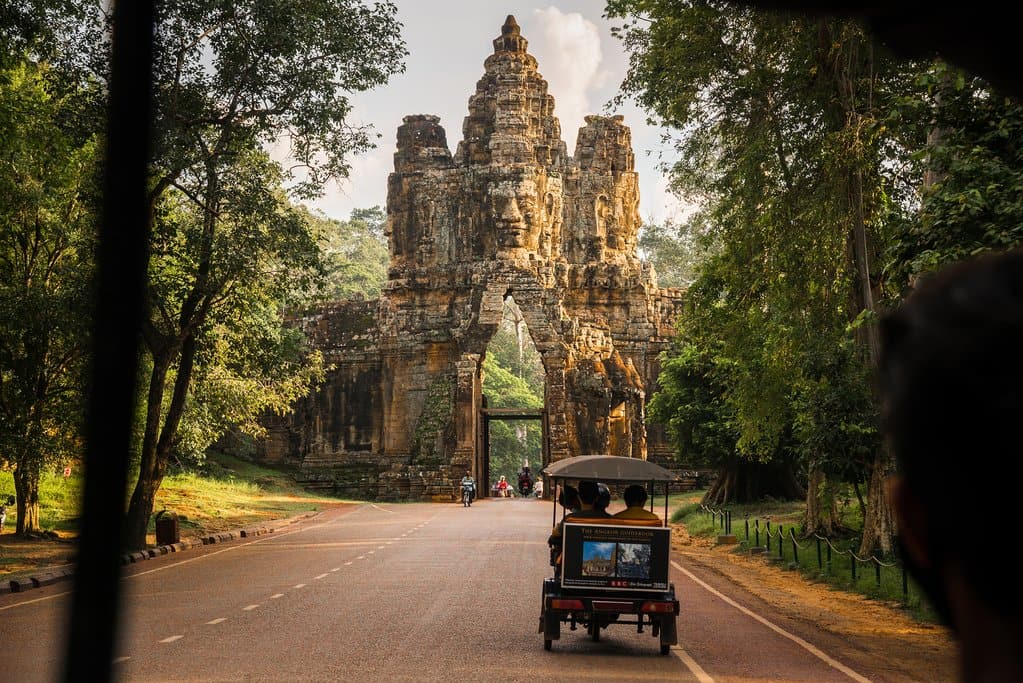Independent travel offers flexibility, budget-friendly options, and the freedom to explore at your own pace, perfect for long stays and personal adventures. For more complex itineraries or short trips, guided tours provide structure, cultural insights, and a deeper understanding of your destination. Consider operators like Threeland Travel, offering a blend of structured activities and free time, ideal for first-time visitors to Southeast Asia looking to experience both guided discovery and personal exploration.
TABLE OF CONTENTS
1
Introduction – Why Visit Cambodia?
A Land of Ancient Temples, Lush Landscapes, and Rich Culture
What Makes Cambodia a Must-Visit Destination?
Best Time to Visit Cambodia for Ideal Weather
2
Entry Requirements and Travel Documents for Cambodia
Do You Need a Visa to Travel to Cambodia?
Travel Insurance – Is It Necessary?
Vaccinations and Health Precautions to Consider
3
Must-Visit Destinations in Cambodia
Angkor Wat – The Jewel of Cambodia’s Heritage
Phnom Penh – The Vibrant Capital City
Siem Reap – Beyond Angkor Wat
Sihanoukville & Koh Rong – Cambodia’s Stunning Beaches
Battambang – A Blend of History and Local Culture
4
Essential Travel Tips for Cambodia
What to Pack for a Trip to Cambodia
Currency, ATMs, and Payment Methods
Local Transportation – Tuk-Tuks, Buses, and Rental Options
Cultural Etiquette – Dos and Don’ts When Visiting Cambodia
5
Cambodian Cuisine – Must-Try Dishes and Dining Tips
Traditional Cambodian Dishes You Can’t Miss
Where to Find the Best Street Food in Cambodia
Vegan and Vegetarian Dining Options in Major Cities
6
Budgeting for Your Cambodia Trip
How Much Does a Trip to Cambodia Cost?
Budget-Friendly Travel Tips
Luxury vs. Backpacker Experiences – What to Expect
7
Safety and Health Tips for Travelers
Staying Safe While Exploring Cambodia
Common Scams and How to Avoid Them
Emergency Contacts and Medical Facilities
8
Best Travel Itineraries for First-Time Visitors
A 5-Day Cambodia Itinerary – Highlights of the Country
A 7-10 Day Itinerary for an In-Depth Experience
Cambodia and Vietnam Combo Tour – Best of Both Worlds
9
10
Conclusion – Why Cambodia Should Be on Your Travel List
Final Thoughts on Exploring Cambodia’s Beauty
How to Plan the Perfect Cambodia Trip
Booking Tours vs. Traveling Independently – What’s Best for You?
Introduction – Why Visit Cambodia?
A Land of Ancient Temples, Lush Landscapes, and Rich Culture
Picture waking up to the sound of monks chanting, stepping into streets filled with the aroma of fresh local food, and watching the sunset paint ancient temple walls in golden hues. That's Cambodia for you! The country's heart lies in its warm people, who'll greet you with genuine smiles and make you feel right at home.
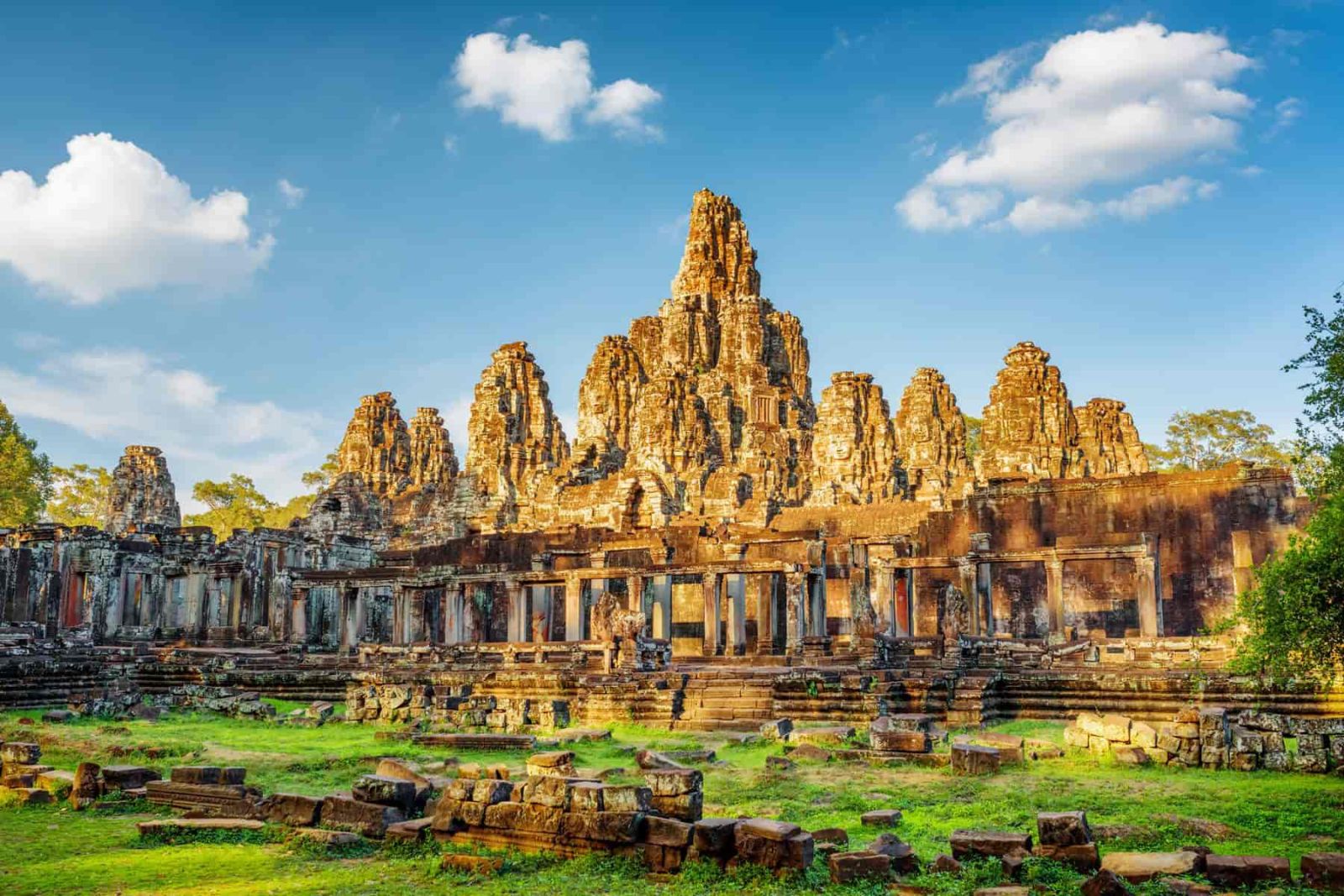
What Makes Cambodia a Must-Visit Destination?
Cambodia is a treasure trove of experiences that'll stick with you forever. Angkor Wat, the world's largest religious monument, is just the beginning. You'll find pristine beaches in the south, dense jungles in the northeast, and floating villages on the Tonle Sap Lake. Plus, the food scene is amazing – think fresh fish amok curry and tasty street noodles that'll make your taste buds dance!
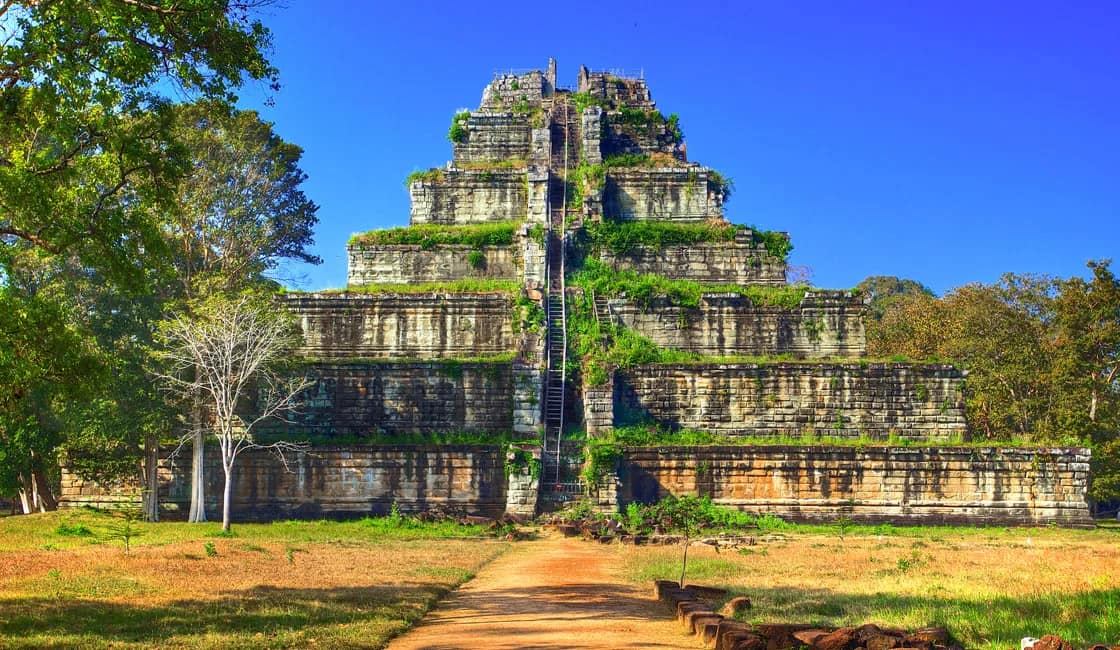
Best Time to Visit Cambodia for Ideal Weather
The sweet spot for visiting Cambodia is between November and February. During these months, you'll get cool, dry weather that's perfect for exploring temples and cities. The temperature usually stays around 25-30°C (77-86°F), making it comfortable for walking around. Just try to avoid visiting between March and May – it gets super hot then, often hitting 35°C (95°F) or more!
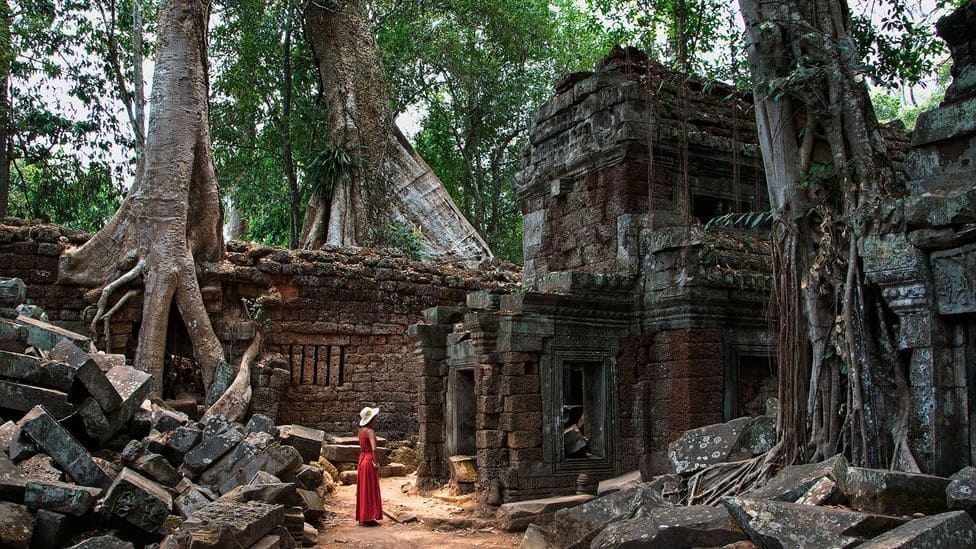
Entry Requirements and Travel Documents for Cambodia
Do You Need a Visa to Travel to Cambodia?
Yes, most travelers need a visa to enter Cambodia, including visitors from the U.S., UK, and EU countries.
Cambodia Visa Options for U.S. Travelers
You've got two main choices:
- Tourist e-Visa (recommended): Valid for 30 days, single entry
- Visa on arrival: Available at major airports and border crossings
How to Apply for an e-Visa Before Arrival
Getting your e-visa online is super easy. Just go to the official Cambodia government website (evisa.gov.kh), upload a recent photo, pay the $36 fee, and wait about three business days. Once approved, remember to print a copy—you'll need it at the airport.
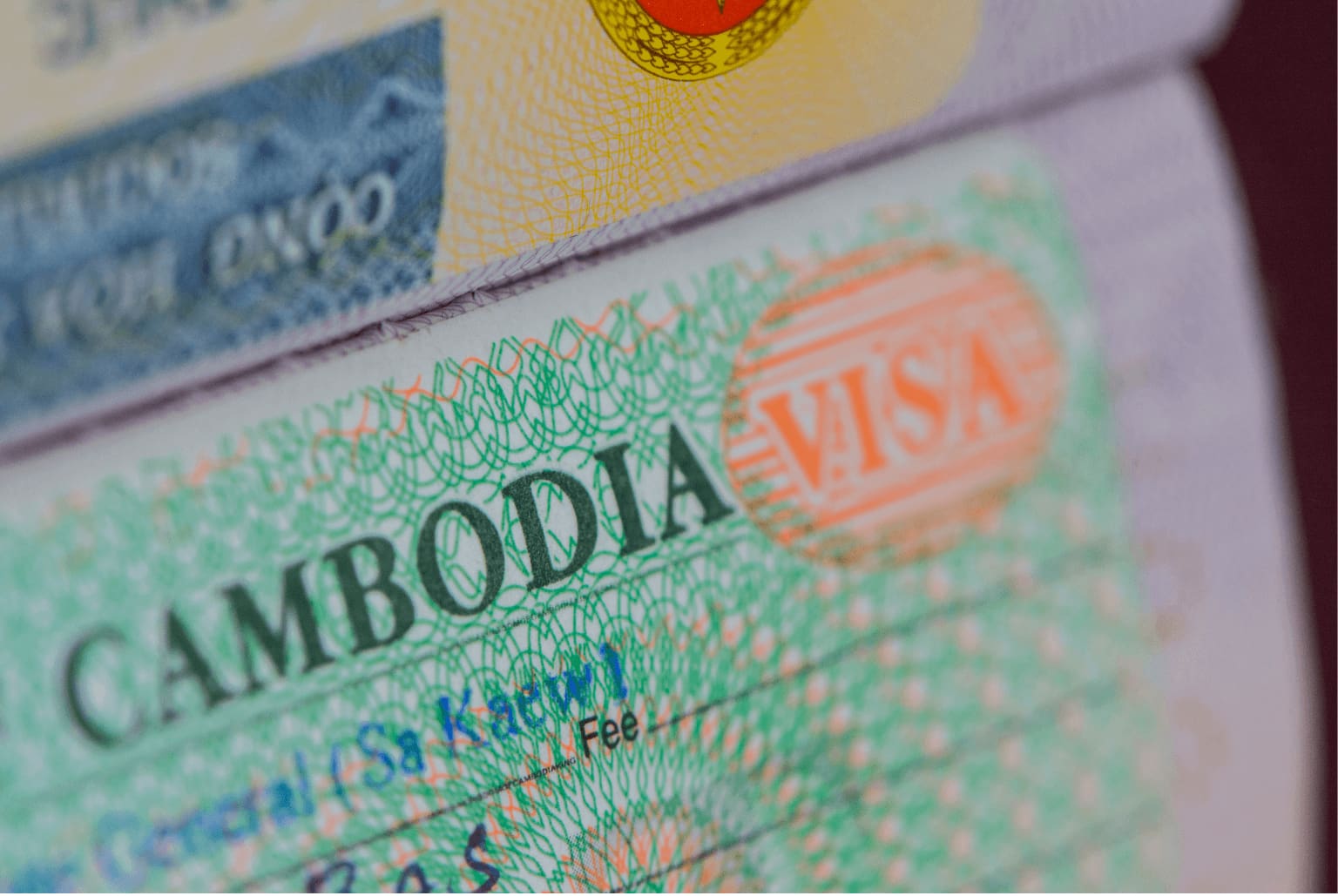
Travel Insurance – Is It Necessary?
While travel insurance isn't officially required, I strongly recommend getting it. Cambodia's medical facilities can be limited, especially outside major cities. Good insurance can cover unexpected medical costs, trip cancellations, and lost luggage, giving you peace of mind while exploring.
Vaccinations and Health Precautions to Consider
Before packing your bags, chat with your doctor about:
- Routine vaccines (like measles and tetanus) should be up-to-date
- Hepatitis A and Typhoid shots are recommended
- Depending on where you're going (especially rural areas), you might need other vaccines too
Pack some basic meds for upset stomach and bring mosquito repellent – trust me, you'll want both! Also, stick to bottled water to keep your tummy happy.
Must-Visit Destinations in Cambodia
Angkor Wat – The Jewel of Cambodia’s Heritage
Best Time to Visit to Avoid Crowds
Angkor Wat is popular (for good reason!), so it can get crowded. The best time to visit for fewer crowds is:
- Early morning (5 AM) for the famous sunrise - yes, it's early but worth it!
- Late afternoon (after 2 PM) when most tour groups have left
- Visit during lunch hours (11 AM - 1 PM) when many tourists head back to their hotels
- Rainy season (June-October) has fewer tourists, plus the moats are full and everything's gorgeously green
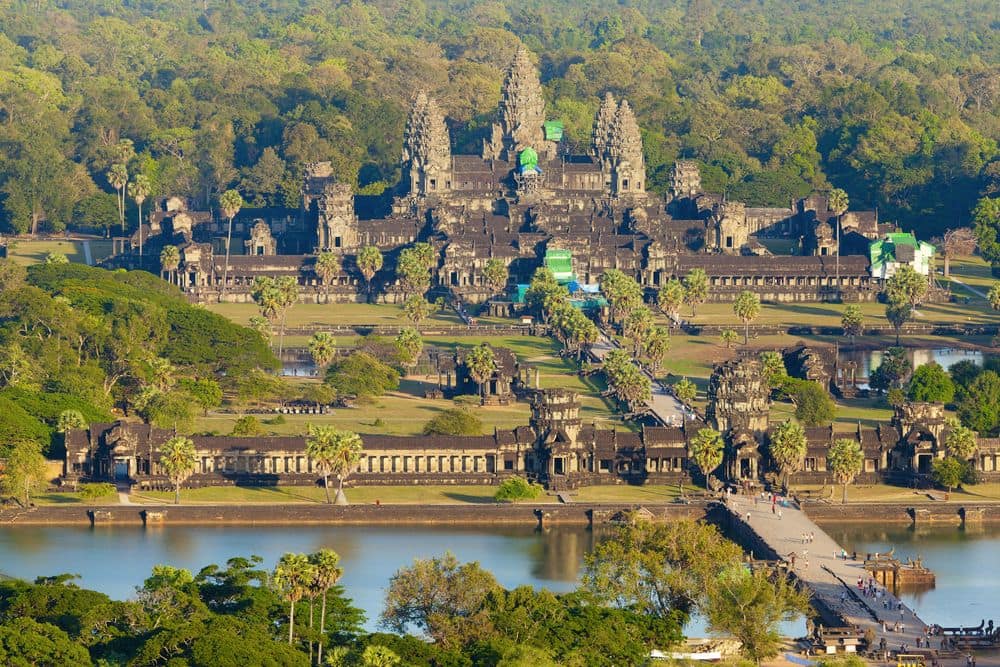
How to Get an Angkor Pass and Plan Your Visit
You'll need an Angkor Pass to enter the temple complex. You can buy these at the official ticket booths near the entrance to the Angkor Archaeological Park. They offer passes for 1-day, 3-day, or 7-day visits. Think about how much time you want to spend exploring the temples.
A 3-day pass is a good option for most visitors. You can pay by cash (USD is widely accepted) or credit card. Before your trip, check the official Angkor Enterprise website for the latest pricing and any updates.
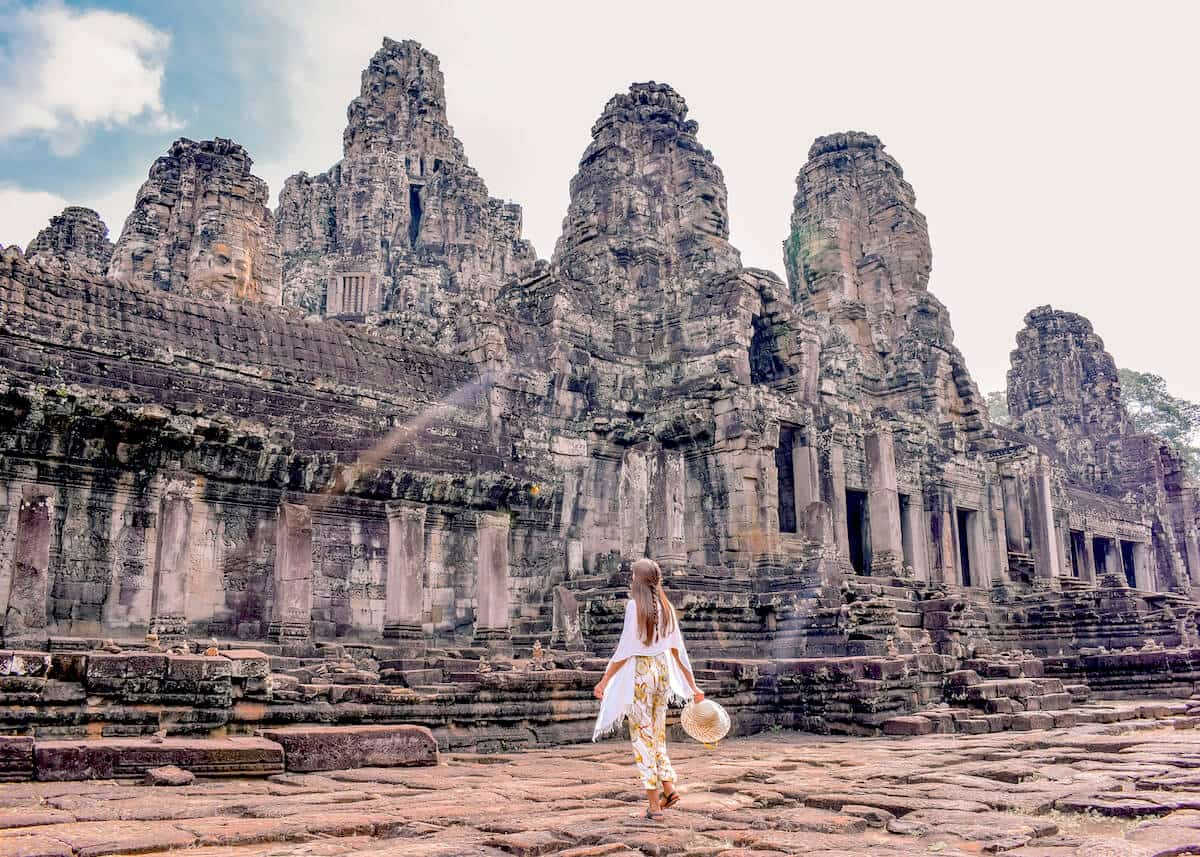
Phnom Penh – The Vibrant Capital City
Historical Landmarks – The Royal Palace & Killing Fields
Phnom Penh has some important historical sites. The Royal Palace is a beautiful complex of buildings showcasing traditional Khmer architecture. It's a great place to learn about Cambodia's royal history.
Choeung Ek (the Killing Fields) is a more somber but equally important site. Visiting this memorial provides a powerful and moving experience, offering insight into Cambodia's tragic past under the Khmer Rouge regime. It's a sobering reminder of the country's resilience and the importance of remembering history.

Best Places to Experience Local Food and Nightlife
Phnom Penh is a foodie paradise! You'll find delicious street food everywhere, from noodle dishes to fresh spring rolls. Be sure to try Amok Trey (fish amok), a traditional Khmer curry steamed in banana leaves. For a fun night out, head to the riverside area, where you'll find plenty of bars and restaurants. The night markets are also a great place to experience the local atmosphere, sample street food, and pick up some souvenirs.
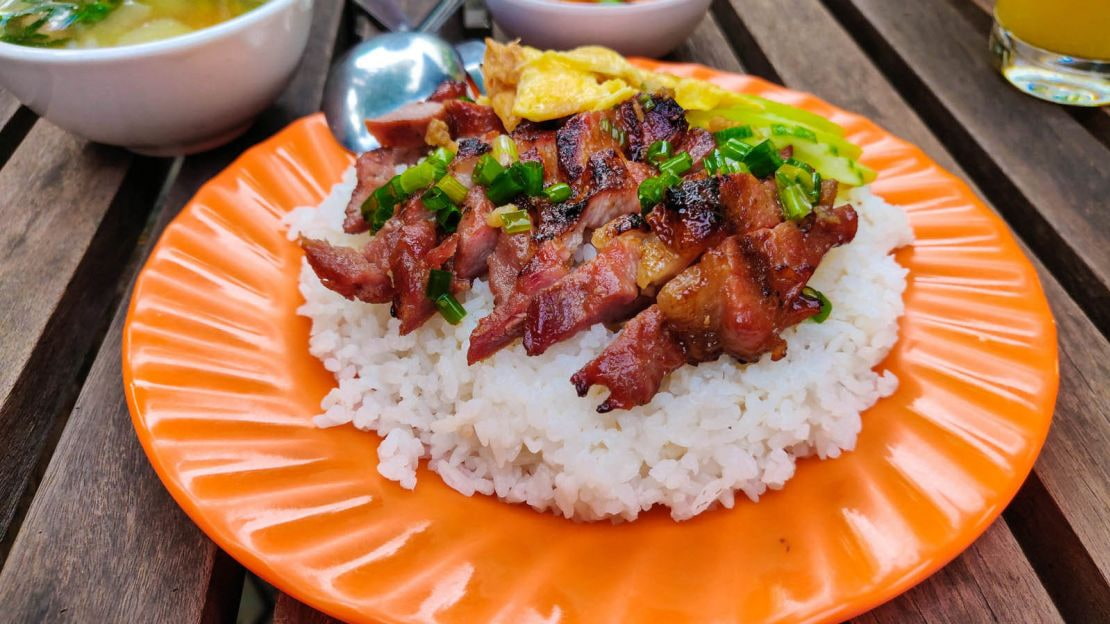
Siem Reap – Beyond Angkor Wat
Floating Villages of Tonle Sap Lake
While most visitors head straight to Angkor Wat, take some time to visit the amazing floating villages just a short trip from Siem Reap. Chong Khneas and Kampong Phluk are the most visited villages on Tonle Sap Lake. Here, you'll see houses on tall stilts and locals going about their daily life on boats. The best time to visit is during wet season (June to October) when the water levels are high. A half-day tour costs around $20-30, and it's best to go early morning to avoid the heat.
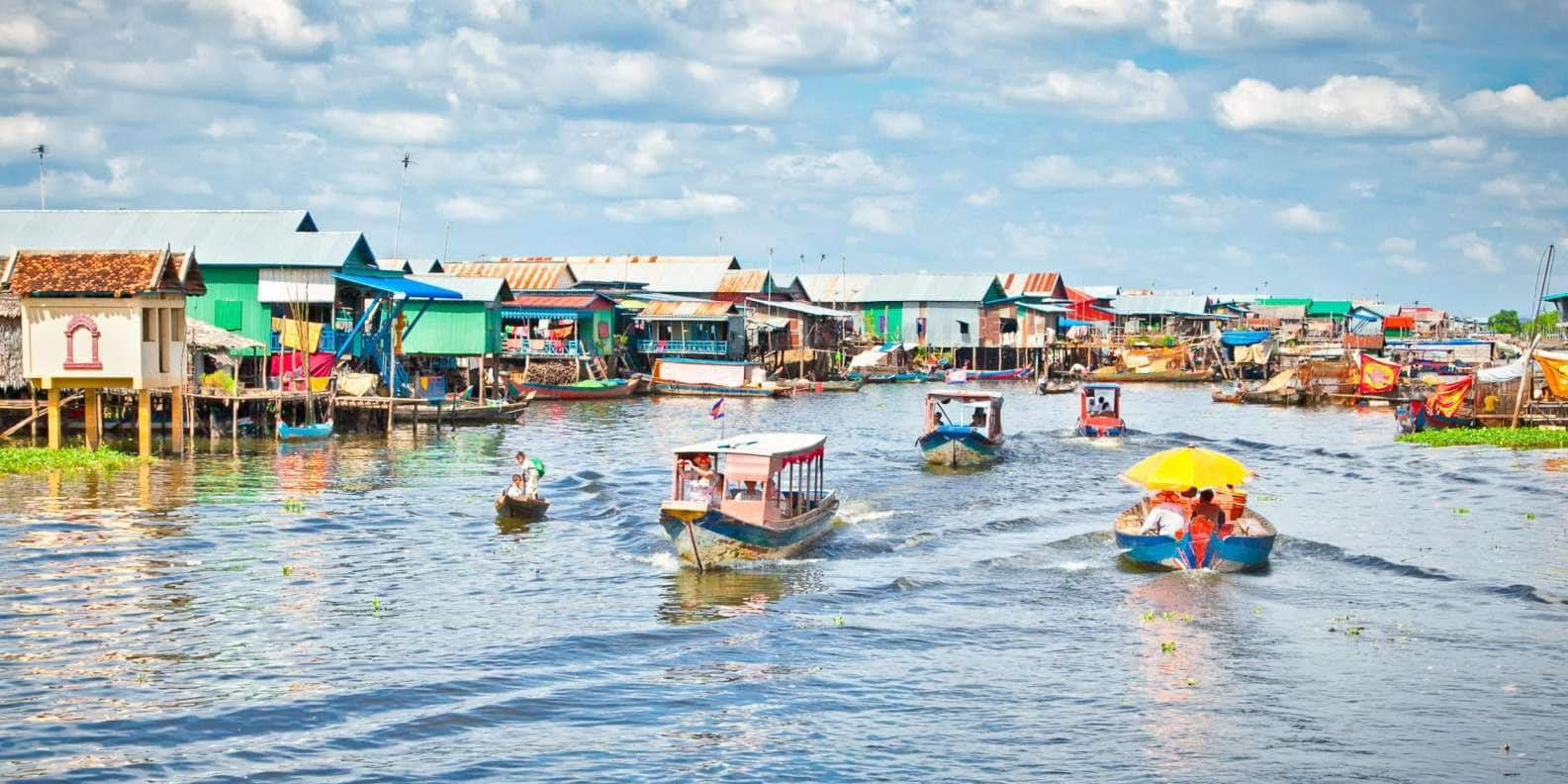
Hidden Temples and Adventure Activities
Siem Reap has so much more to offer than just temples! Try zip-lining through the jungle with Angkor Zip Line, or join a quad bike tour through the countryside. For temple lovers looking to avoid crowds, check out Banteay Srei (the "Lady Temple") - it's smaller but has beautiful pink sandstone carvings. Or visit Pre Rup temple for amazing sunset views with fewer tourists. Many hotels can help arrange these activities, or you can book through local tour companies in town. Most adventure activities cost between $30-65 per person.
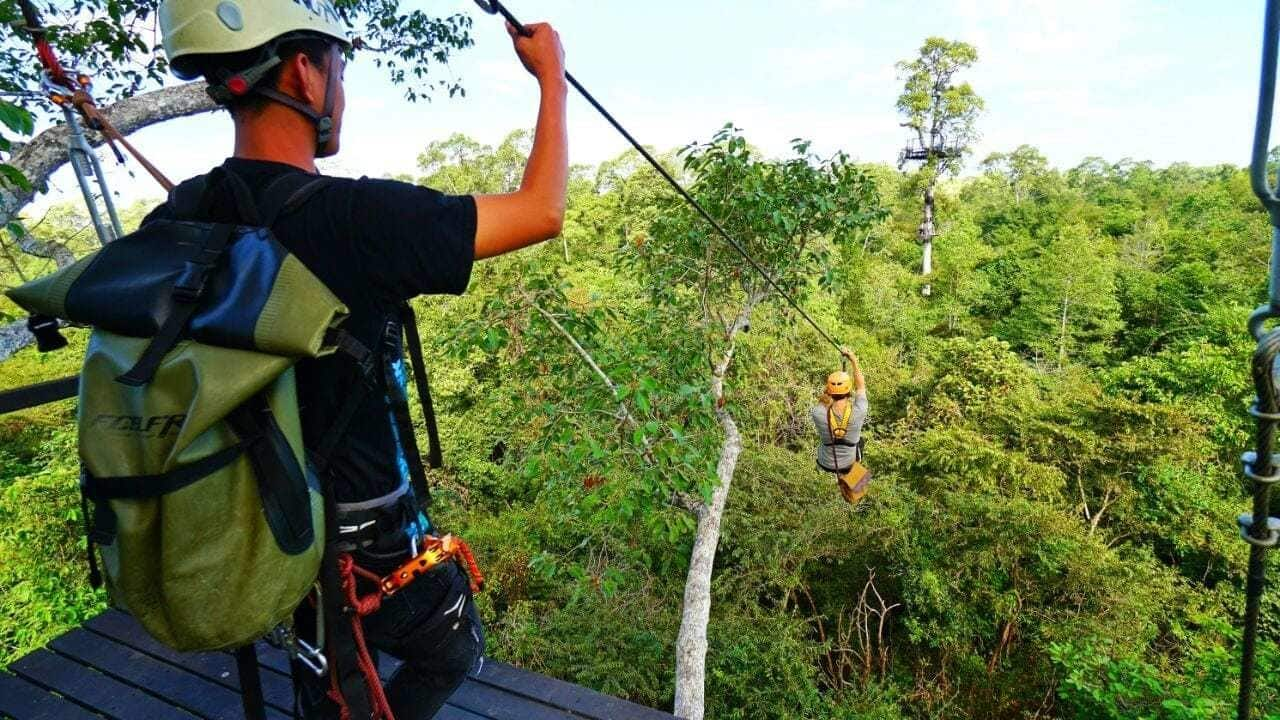
Sihanoukville & Koh Rong – Cambodia’s Stunning Beaches
Where to Stay for the Best Beach Experience
Sihanoukville is the gateway to Cambodia’s best islands, but the beaches here can be crowded. Head to Koh Rong or Koh Rong Samloem for a more relaxing stay. Koh Rong offers Long Set Beach for a mix of fun and peace, while Koh Touch is known for nightlife. If you prefer a quiet escape, Koh Rong Samloem’s Saracen Bay is perfect. Beachfront bungalows range from budget-friendly to luxury resorts, with prices starting at around $20 per night.
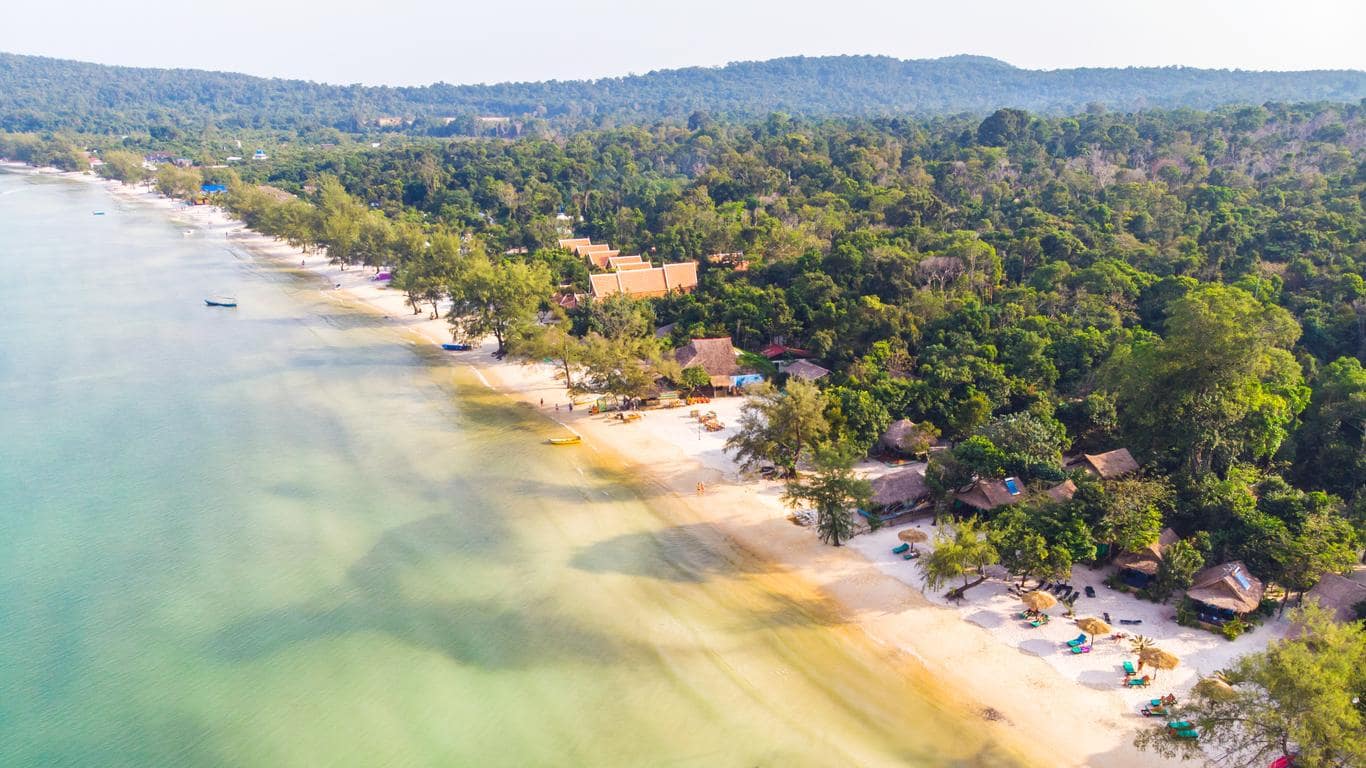
Snorkeling, Diving, and Island-Hopping Adventures
The islands around Sihanoukville are great for snorkeling and diving. Koh Rong and Koh Rong Samloem have coral reefs with colorful fish, and dive trips start at about $80 for beginners. You can also join an island-hopping tour (around $25-40) to explore hidden beaches and bioluminescent plankton at night. Many tours leave from Koh Touch or Saracen Bay, and booking through your hotel or a local agency is easy.
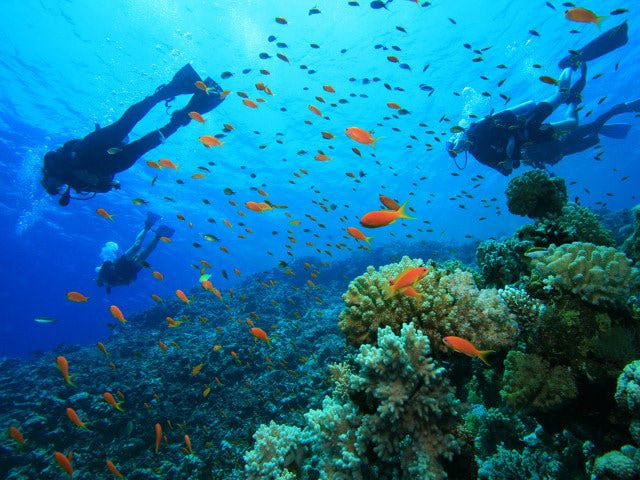
Battambang – A Blend of History and Local Culture
Riding the Bamboo Train
Experience Battambang's unique norry (bamboo train), a makeshift platform on wheels offering a bumpy, fun ride through the countryside. Expect to pay around $5-10 per person. Due to ongoing railway renovations, check its availability beforehand.
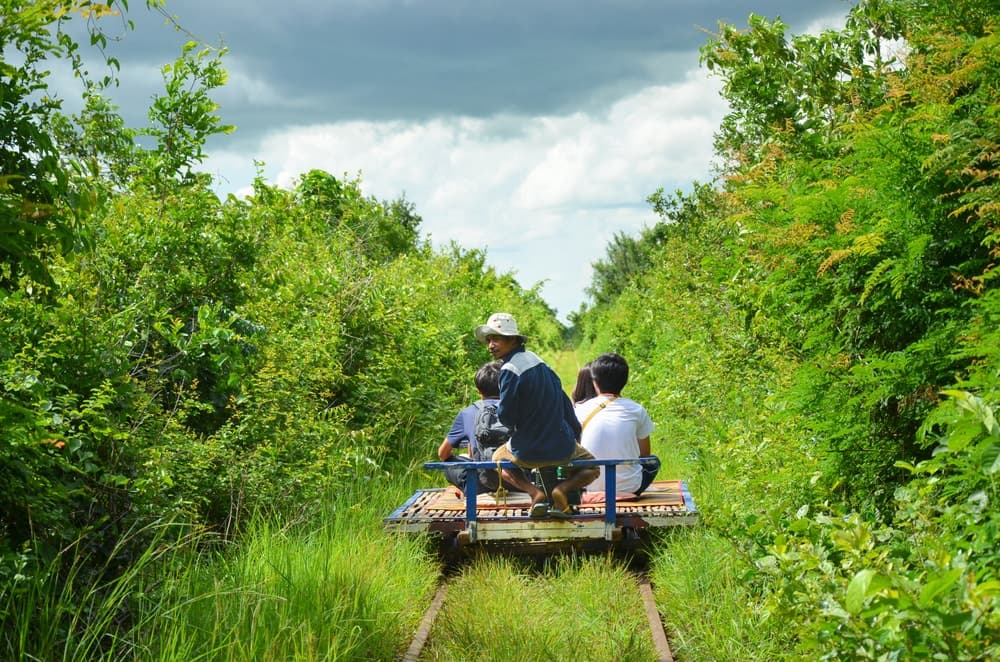
Exploring Ancient Temples and Caves
Explore ancient temples like Wat Ek Phnom and Wat Banan. Don't miss the Phnom Sampov caves and the spectacle of bats emerging at sunset. Hire a tuk-tuk for a day trip to these sites and other points of interest, negotiating the price beforehand.
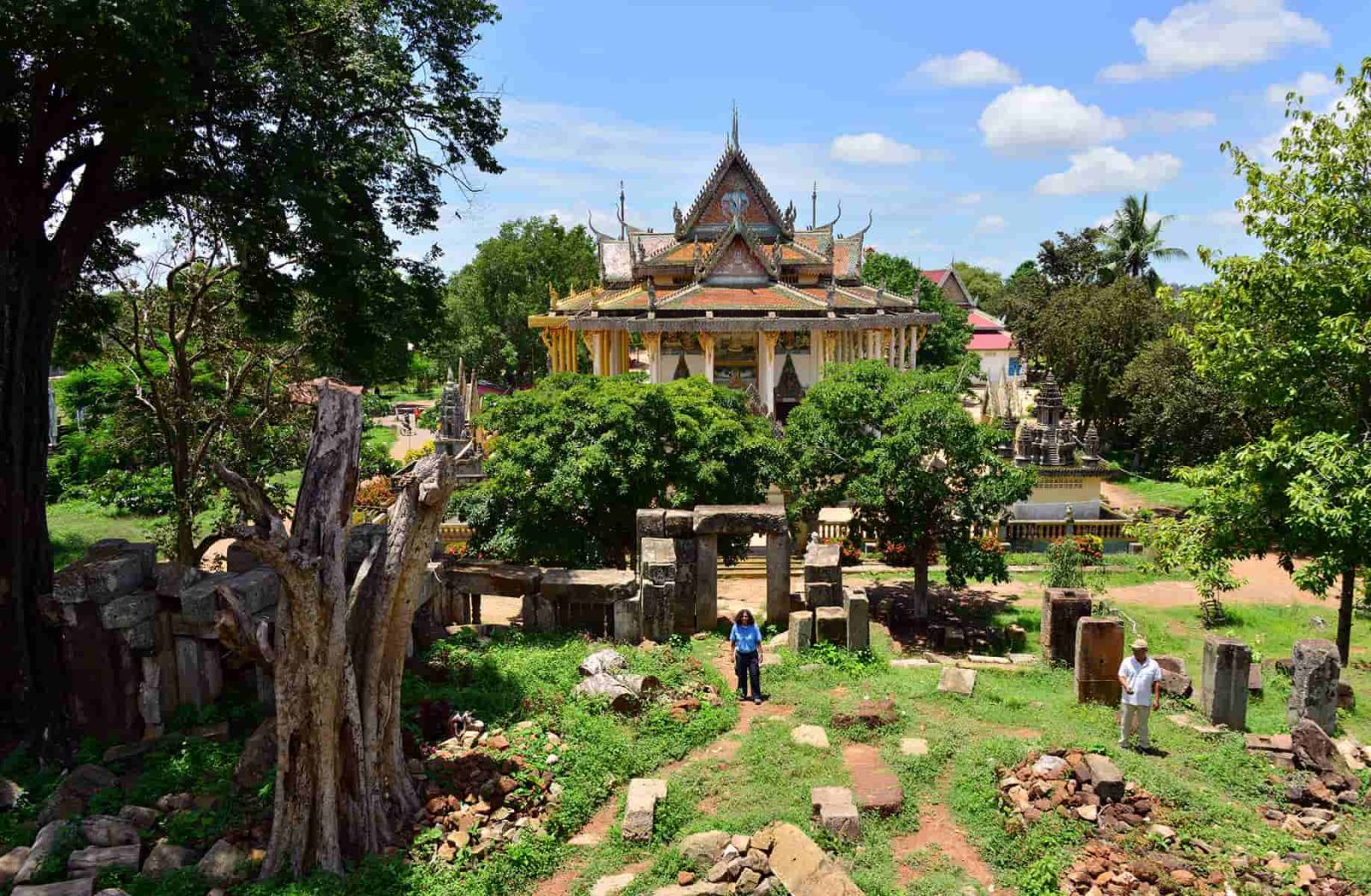
Essential Travel Tips for Cambodia
What to Pack for a Trip to Cambodia
Wear light, breathable clothes (cotton is best), a good raincoat during the wet season (June-October), and temple-appropriate wear (covered shoulders and knees). Bring sunscreen, mosquito repellent, and a reusable water bottle. Don't forget a power adapter—Cambodia uses 230V with European-style plugs. Pack comfortable walking shoes and sandals for different activities.
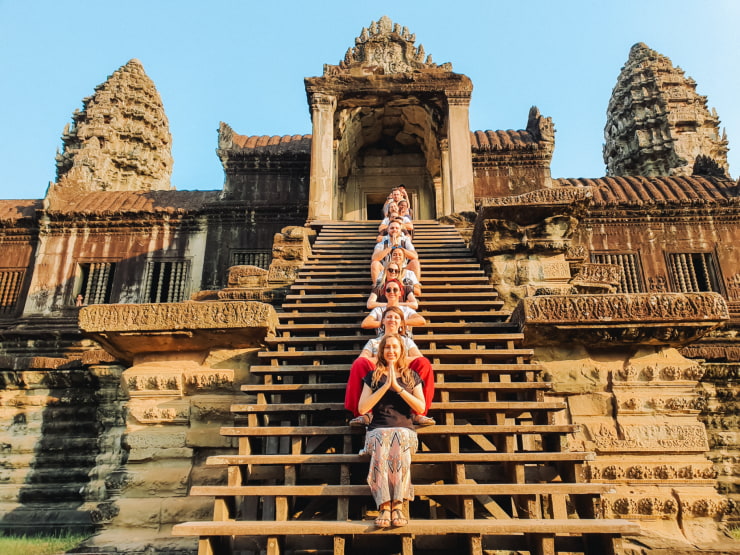
Currency, ATMs, and Payment Methods
US dollars and Cambodian riel are both widely used. ATMs in major cities dispense USD, but some charge $4-6 per withdrawal. Many places accept cards, but keep cash handy for local markets and tuk-tuks. Carry small USD bills ($1-$5) for everyday purchases. Most hotels and restaurants list prices in USD.
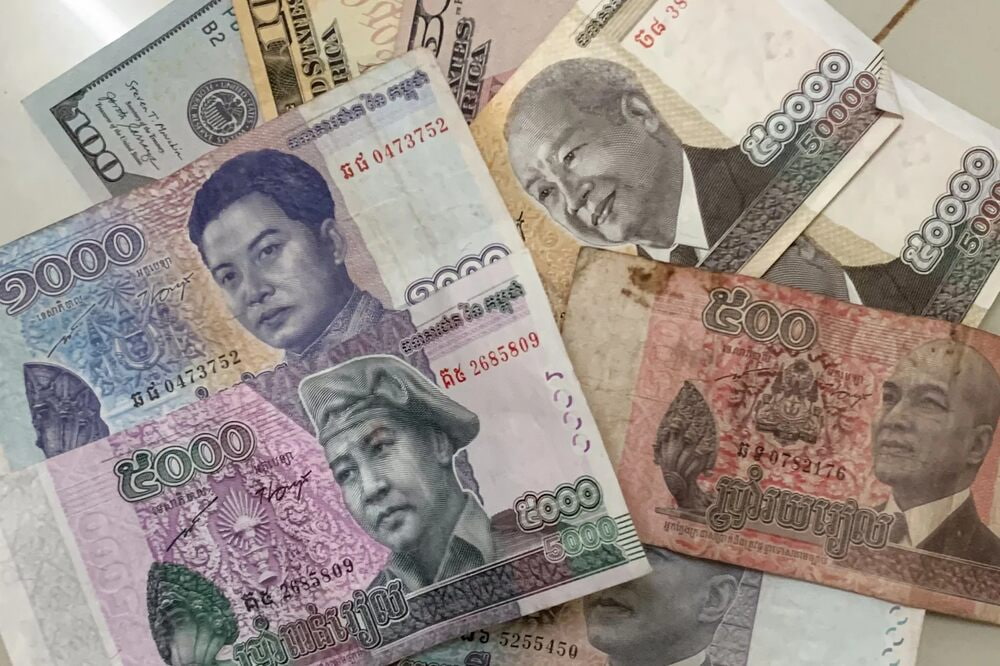
Local Transportation – Tuk-Tuks, Buses, and Rental Options
Tuk-tuks are great for city travel ($2-3 for short trips). Download PassApp for fair prices. Buses between cities are comfortable and affordable ($6-15). In Siem Reap and Phnom Penh, you can rent bicycles ($3-5/day) or motorbikes ($8-15/day) – just make sure you have insurance and an international license.
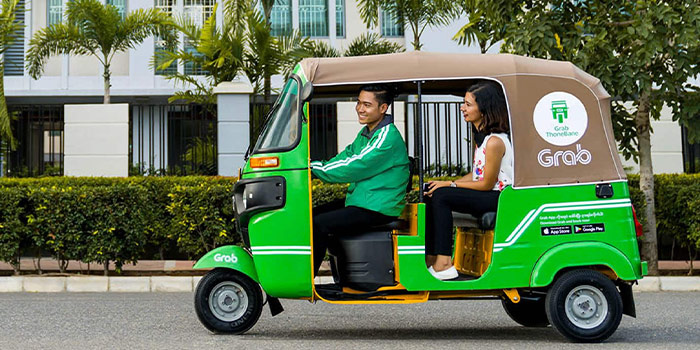
Cultural Etiquette – Dos and Don’ts When Visiting Cambodia
Dress modestly, especially at temples. Remove shoes before entering homes or temples. Greet people with a slight bow and hands pressed together (sompeah). Don't touch anyone's head – it's considered sacred. Ask before taking photos of monks or locals. When giving or receiving items, use both hands to show respect.
Cambodian Cuisine – Must-Try Dishes and Dining Tips
Traditional Cambodian Dishes You Can’t Miss
Fish amok is Cambodia's national dish - a creamy curry served in banana leaves. Try lok lak (stir-fried beef with lime pepper sauce) and kuy teav (noodle soup, perfect for breakfast). Sample prahok, a fermented fish paste that's key to Khmer cooking. For dessert, try num ansom (sticky rice cakes) or fresh mango with sticky rice. Most dishes cost $3-7 in restaurants.
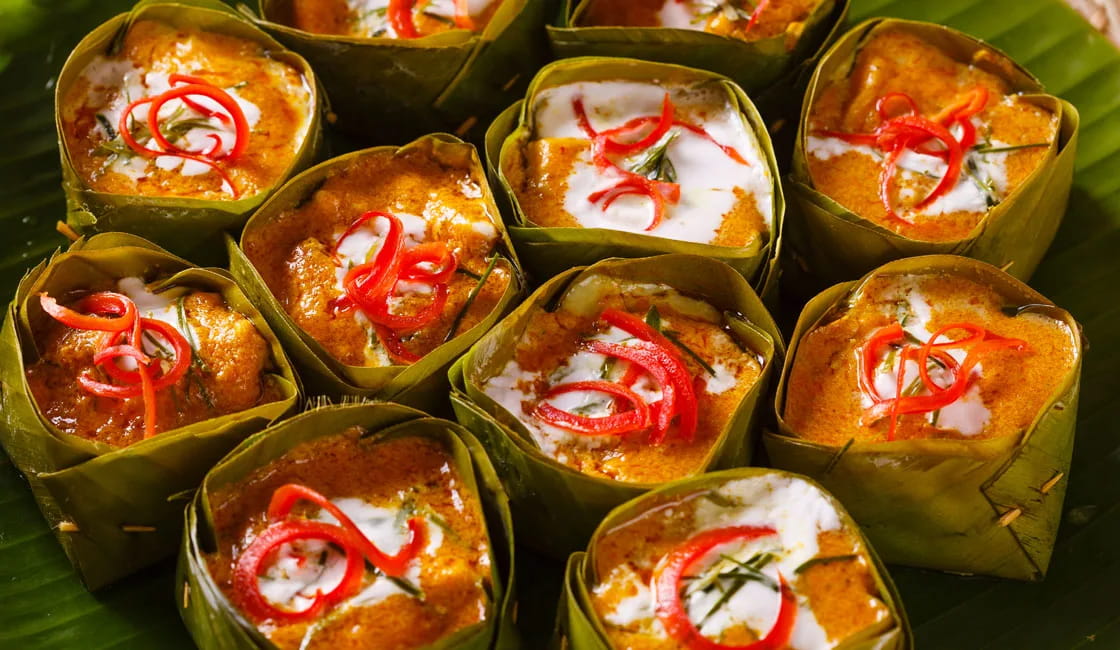
Where to Find the Best Street Food in Cambodia
Visit Pub Street in Siem Reap or the Russian Market area in Phnom Penh for amazing street food. Look for busy stalls with local customers. Try grilled skewers ($0.50-1), fresh spring rolls, and nom banh chok (rice noodles with green curry) in the morning. Night markets in every major city offer cheap, tasty food. Follow basic food safety: choose busy stalls and avoid raw vegetables if you're sensitive.
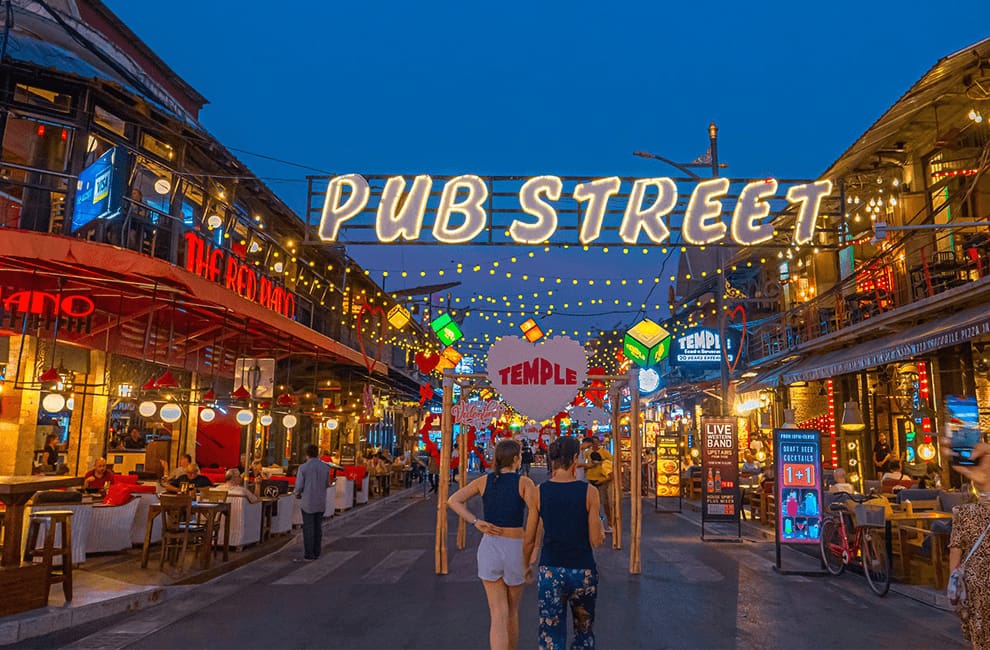
Vegan and Vegetarian Dining Options in Major Cities
Most cities have Buddhist vegetarian restaurants serving mock meat dishes and veggie curries. Peace Café in Siem Reap and Vibe Café in Phnom Penh offer healthy vegan options. Learn to say "ah teh sach" (no meat) or "bong jah sach" (vegetarian). Many traditional dishes can be made veggie-friendly - just ask. Prices at veggie restaurants range from $4-8 per dish.
Budgeting for Your Cambodia Trip
How Much Does a Trip to Cambodia Cost?
Cambodia is one of Southeast Asia’s most affordable destinations. Budget travelers can get by on $25-40 per day, covering dorm accommodation, street food, and local transport. Mid-range travelers should budget $50-100 per day for comfortable hotels, restaurant meals, and guided tours. Luxury travelers can expect to spend $150+ per day, with high-end resorts and private tours. Entrance to Angkor Wat costs $37 for a one-day pass.
Budget-Friendly Travel Tips
- Eat like a local – Street food and small restaurants offer meals for $2-5.
- Use tuk-tuks wisely – Negotiate fares or use apps like PassApp for fair pricing.
- Stay in guesthouses – Budget rooms start at $10-20 per night.
- Take buses instead of flights – Long-distance buses cost $6-15, while domestic flights are pricier.
- Visit free attractions – Markets, temples (outside Angkor), and villages offer cultural experiences at no cost.
Luxury vs. Backpacker Experiences – What to Expect
Backpackers stay in hostels or budget guesthouses, eat street food, and use buses and tuk-tuks to get around. Activities include DIY temple visits, free walking tours, and budget-friendly excursions.
Luxury travelers stay in boutique hotels or resorts, enjoy fine dining, and book private tours with guides. They can opt for spa treatments, helicopter tours over Angkor Wat, and exclusive island stays on Song Saa Private Island.
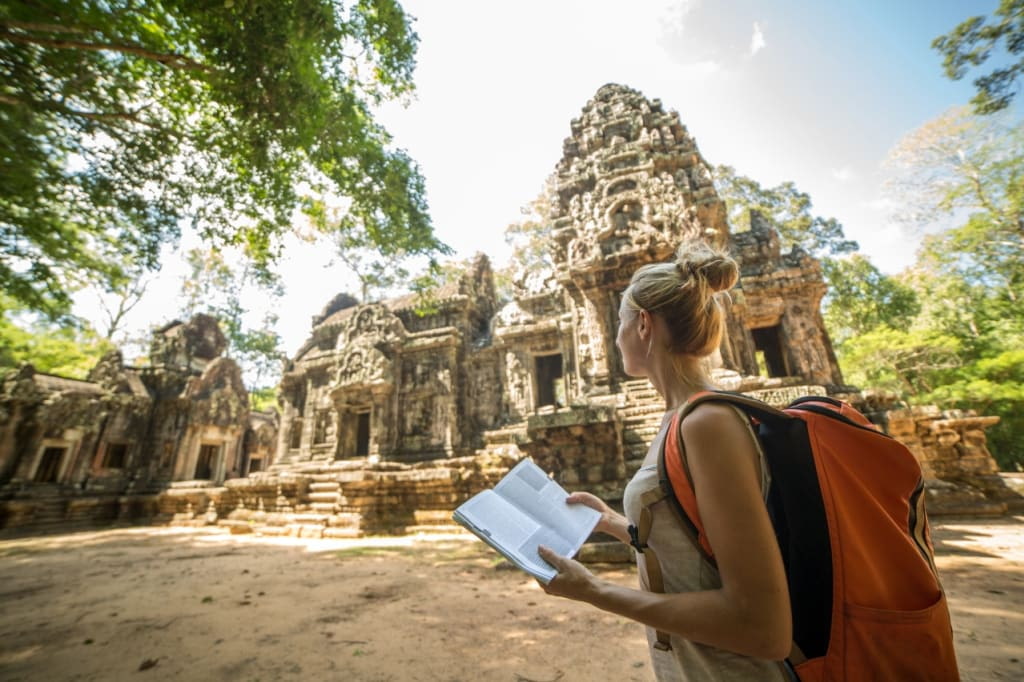
Safety and Health Tips for Travelers
Staying Safe While Exploring Cambodia
Be aware of your surroundings, secure valuables, and avoid displaying expensive items. Be cautious walking alone at night. Use reputable transport and negotiate fares beforehand. Be wary of overly friendly strangers.
Common Scams and How to Avoid Them
- Tuk-Tuks: Negotiate fares or use PassApp.
- Gemstones: Buy from reputable shops only.
- Drinks: Don't leave drinks unattended.
- Monks: Genuine monks don't ask for money.
Emergency Contacts and Medical Facilities
- Police: 117
- Fire: 118
- Ambulance: 119
Medical facilities are adequate in major cities. Serious emergencies may require evacuation. Ensure you have travel insurance. Consult your doctor about vaccinations.
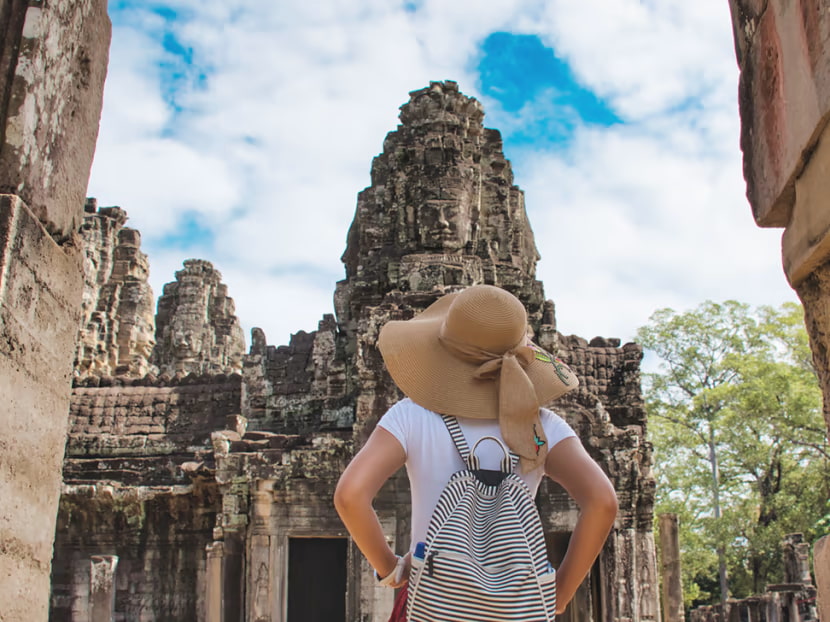
Best Travel Itineraries for First-Time Visitors
A 5-Day Cambodia Itinerary – Highlights of the Country
Day 1-2: Siem Reap's Angkor temples, traditional markets, and cultural shows
Day 3: Tonle Sap Lake floating villages and local craft workshops
Day 4: Travel to Phnom Penh, explore the Royal Palace and Silver Pagoda
Day 5: Visit the S21 Museum, Russian Market, and riverfront area
A 7-10 Day Itinerary for an In-Depth Experience
Days 1-3: Siem Reap's highlights plus sunrise at Angkor Wat
Days 4-5: Battambang's colonial architecture, bamboo train, and countryside
Days 6-7: Phnom Penh's key sites and food scene
Days 8-10 (Optional): Sihanoukville or Koh Rong islands for beach time
Cambodia and Vietnam Combo Tour – Best of Both Worlds
Many travelers combine Cambodia's temples with Vietnam's diverse landscapes. A popular route starts in Siem Reap, continues to Phnom Penh, then enters Vietnam via the Mekong Delta. Local tour operators like Threeland Travel offer customizable itineraries that include lesser-known spots like Kratie's rare Irrawaddy dolphins or Kampot's pepper plantations while maintaining a comfortable pace for cultural immersion.
Conclusion – Why Cambodia Should Be on Your Travel List
Final Thoughts on Exploring Cambodia’s Beauty
Cambodia offers an unmatched blend of ancient wonders and modern resilience. Beyond Angkor's temples, you'll find warm hospitality, rich culinary traditions, and stunning landscapes. The country's growing tourism infrastructure makes it increasingly accessible while maintaining its authentic charm and reasonable prices.
How to Plan the Perfect Cambodia Trip
Start planning 3-4 months to secure better deals. Visit between November and February for ideal weather. Consider splitting time between must-see attractions and off-the-beaten-path experiences. Connect with fellow travelers online or through local guides for current insights. For complex itineraries involving multiple destinations, working with established tour operators can simplify logistics while maintaining flexibility for personal exploration.
Booking Tours vs. Traveling Independently – What’s Best for You?
Choose independent travel if you enjoy flexibility, have time to research, and are comfortable with basic local navigation. This option works well for longer stays and budget travel. Consider guided Cambodia tours for complex multi-city itineraries, limited time frames, or when seeking deeper cultural insights. Look for operators offering both structured activities and free time. Many local companies, like Threeland Travel, balance guided experiences with personal discovery time, which is especially useful for first-time visitors to Southeast Asia.








